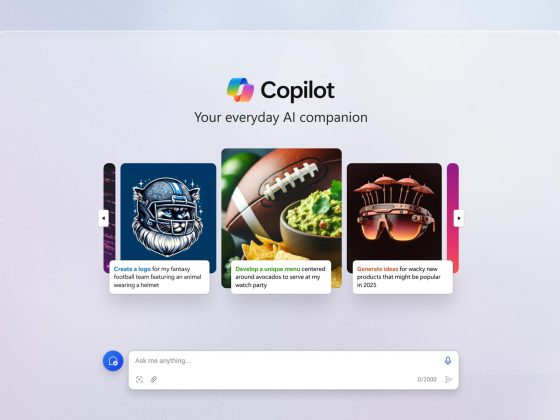Editor’s note: Today’s post is by Mario Rodriguez Maroto, Service Delivery Manager, and Tim Ehrhart, Global Team Head for Security Monitoring, both at Roche, a global pioneer in pharmaceuticals and diagnostics.
As the global IT team for a company the size of Roche, with 100,000 worldwide employees, we’re always looking for ways to reduce troubleshooting, improve productivity, and create safer work environments. That’s a tall order for a multinational business with 3,000 web-based applications for IT to manage—most of which are accessed in the cloud. By choosing Chrome browser, we’ve made everyone’s day run more smoothly and securely at Roche.
From our partners:
The movement toward modern applications
Ideally, all 3,000 web-based applications used by Roche employees would be accessible on one browser, like Chrome—but the reality is more complicated, since many apps were designed for other browsers. Our position as a company is that we don’t want to purchase or develop applications that are dependent on a single browser, or ones that are difficult to test or validate on a specific browser. It’s just not necessary in today’s cloud world.
We’ve trusted Chrome to speed up this movement toward modern applications that are easily accessed by the browser, no matter where Roche employees are working. The pandemic has accelerated this process, because we’ve all realized how much easier and faster we can work when we know every application can be accessed through Chrome, like Google Workspace—or in many cases, using Citrix to access legacy applications. Because Chrome browser is flexible, we can usually find policies that can help maintain the features of applications that might not be fully functional otherwise.
The flexibility of Chrome is just the beginning in terms of how we can manage the browser. Chrome Browser Cloud Management has eliminated much of the pain we used to have with managing other browsers and policy tools. It could take weeks to implement updates for our previous browsers and make sure they were rolled out to every desktop.
Using Chrome Browser Cloud Management, we save much of the time that we used to spend on difficult browser updates. The team that manages our Google ecosystem can handle Chrome updates through the Admin console, giving the broader IT team more time for strategic projects. Because every browser is enrolled, we know that when updates or policy changes happen, they’re rolled out to every browser immediately.
Tools to keep Roche secure
Every healthcare company has to be extremely attentive to the security of its technology solutions, and we’re no exception. We’re frequent users of Chrome’s ability to block URLs across the entire company, through the Admin console, as well as blocking attachment downloads from personal email addresses. Automatic updates ensure that everyone who’s using Chrome is getting the very latest security fixes.
The newer controls around extension management in Chrome Browser Cloud Management also help to keep Roche data secure. We plan to use the new extension request workflow tool to help reduce support tickets, streamline extension approval processes, and reduce problems that result from using extensions we haven’t approved. With extension request workflow, we can allow, block, or automatically install extensions that users request.
With new threat and data protections available in Chrome, we get more visibility into important information that our security teams need to protect our 100,000 employees. In the case of suspicious activity or malicious files, we have the ability to pinpoint the source and take action quickly.
The tools and features in Chrome and the Admin console are easy for us in IT to use, and that is great. Even better, the browser is easy and customizable for Roche employees. Employees are learning to create their own bookmarks so they can find cloud apps in a few seconds and log in. Chrome has become a productivity tool for our workforce, and as more apps are accessed through the browser, we expect to see even higher productivity levels at Roche.
By: Mario Rodriguez Maroto (Service Delivery Manager, Roche) and Tim Erhart (Global Team Head of Security Monitoring, Roche)
Source: Google Cloud Blog
For enquiries, product placements, sponsorships, and collaborations, connect with us at [email protected]. We'd love to hear from you!
Our humans need coffee too! Your support is highly appreciated, thank you!








